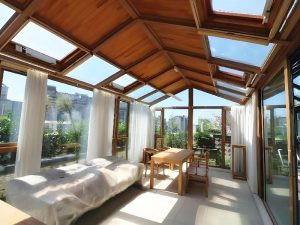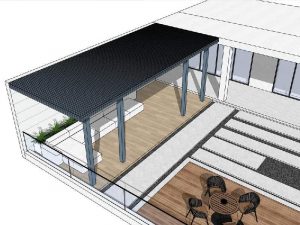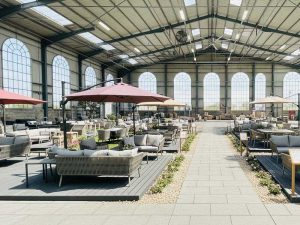The term “Pergola” comes from the Latin word ‘pergula‘’, meaning “projecting eave”. In ancient Rome, Pergolas were not only decorative architectural elements but also ideal places for rest and sun protection. Today, this structure retains its classical elegance while incorporating modern features, making it a popular choice for courtyards, gardens, and even outdoor parties.
Despite its lightweight, open design, some may wonder if Pergolas can effectively provide shade. How much shade can they offer? This article by LIDA OUTDOOR will explore these questions in detail.
Can Pergolas Provide Shade?
1. What Is a Pergola, and Can It Really Provide Shade?
A Pergola is an open-air structure, typically supported by four posts with a roof of beams or lattice patterns. It not only enhances the aesthetics of gardens and courtyards but also creates a sense of spaciousness. You can use it as a trellis for climbing plants, a cozy outdoor lounge, or even the perfect backdrop for parties. While Pergolas are open in design, they do provide some shade.

2. How Design Affects a Pergola’s Shading Performance
Although Pergolas provide shade, their effectiveness varies by design:
- Fully Open Pergolas: These offer minimal shade, suitable for those who enjoy relaxing in dappled sunlight.
- Pergolas with Covers: Adding shade cloths or curtains improves the shading performance significantly, making them ideal for those seeking a cooler outdoor environment.
- Louvers and Retractable Systems: Modern Pergolas often feature manual or motorized louvers, which allow you to adjust shading levels. Open them for more light or close them for complete shade. These flexible designs are perfect for those who prefer customized outdoor settings.
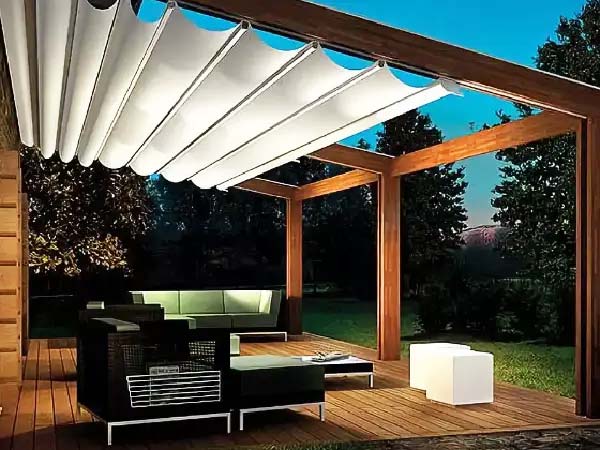
Different Pergola designs cater to various shading needs and aesthetic preferences. The following section will delve deeper into how much shade different Pergolas can provide.
How Much Shade Can a Pergola Provide?
The shading effect of a Pergola depends on key factors such as its design, placement, and the movement of the sun in your location. Let’s analyze these aspects in detail:
1. Roof Design Determines Shade Coverage
Traditional Pergolas often feature beams and slats, which block partial sunlight. For enhanced shading, homeowners commonly add fabric or other materials to the roof.
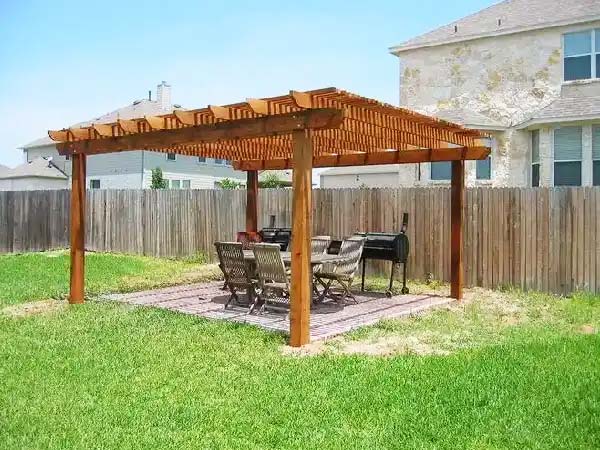
Modern Pergolas with louver systems allow users to control the intensity of sunlight. These adjustable slats can be opened or closed at will. Retractable awnings offer similar functionality, giving you full control over the amount of shade.
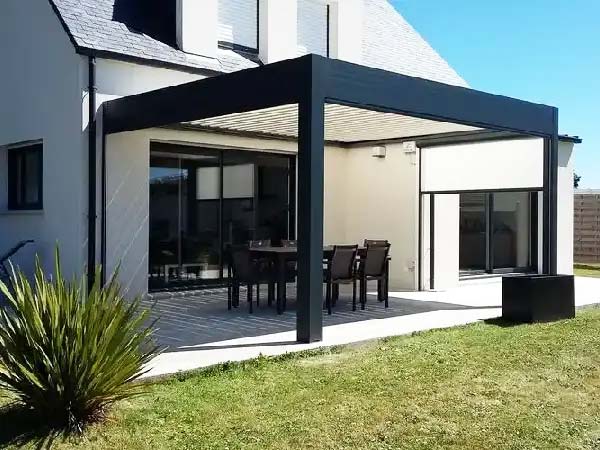
Some Pergolas now integrate solar panels into their roofs. This eco-friendly innovation not only provides shade but also generates sustainable energy for your home.
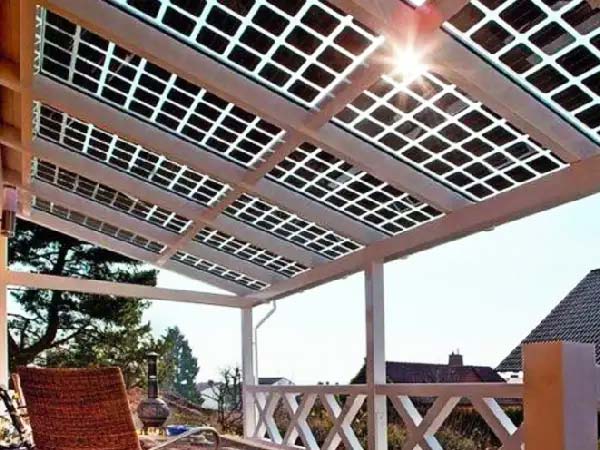
2. Placement and Orientation Influence Shade Levels
Before installing a Pergola, it’s essential to assess the layout of your courtyard and home. Proper placement ensures maximum shading efficiency. For instance, in the Northern Hemisphere, installing a Pergola on the west side of your house and aligning the beams north-south maximizes shading throughout the day.
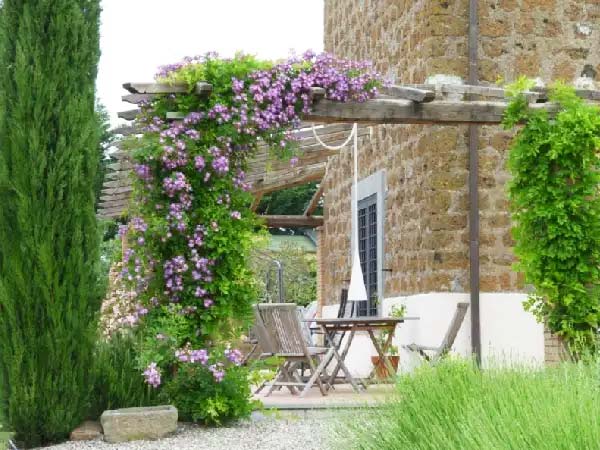
3. Materials and Greenery Add Natural Shade
While modern materials like aluminum or polycarbonate offer advanced shading, climbing plants such as grapevines or ivy provide a natural and eco-friendly solution. This approach not only creates shade but also adds greenery to your outdoor space.
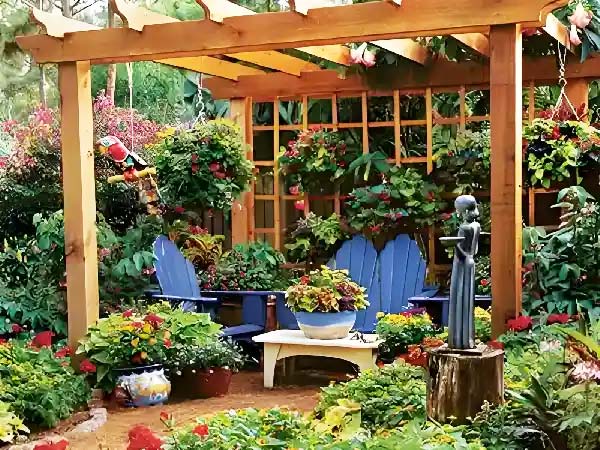
By carefully considering design, orientation, and materials, you can significantly enhance the shading effect of your Pergola.
How to Enhance a Pergola’s Shading Performance
If you’re looking to maximize the shading potential of your Pergola, here are some practical solutions and enhancements to consider.
1. Install Shade Cloth
Adding high-density polyethylene fabric to your Pergola’s roof is an affordable way to improve shade. These fabrics are durable and UV-resistant, making them a cost-effective solution.
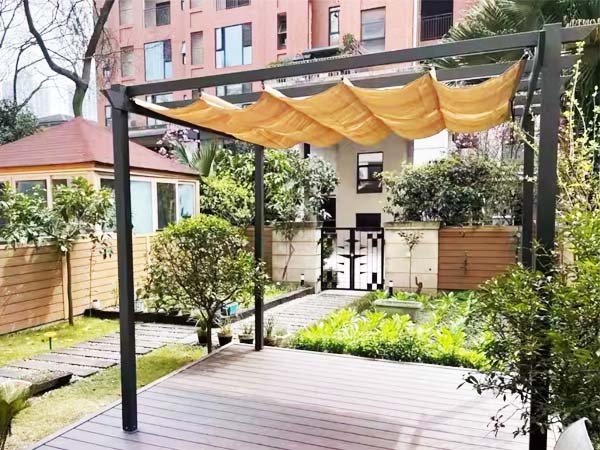
2. Upgrade to Motorized Louvers
If your budget allows, consider a Pergola with motorized louvers. You can adjust the shading with the press of a button. You can also add motorized curtains for extra privacy or ventilation.

3. Incorporate Climbing Plants
Plant vines or ivy along the Pergola’s posts and beams. Though this requires patience and care, the lush greenery and blooming flowers will transform your garden into a picturesque retreat.
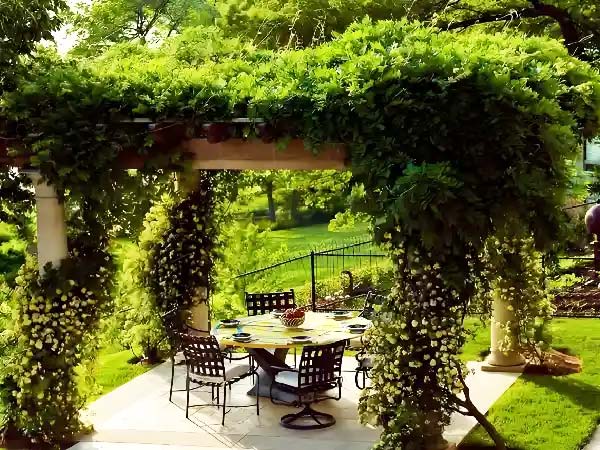
4. Install Solar Panels
For sun-drenched areas, solar panels can double as a shading device and a source of green energy. While the initial cost is higher, the long-term benefits are worth considering.

5. Add Side Curtains or Panels
Install adjustable side curtains or ventilated panels for extra shade, wind protection, and privacy. These additions make your Pergola more versatile and comfortable.
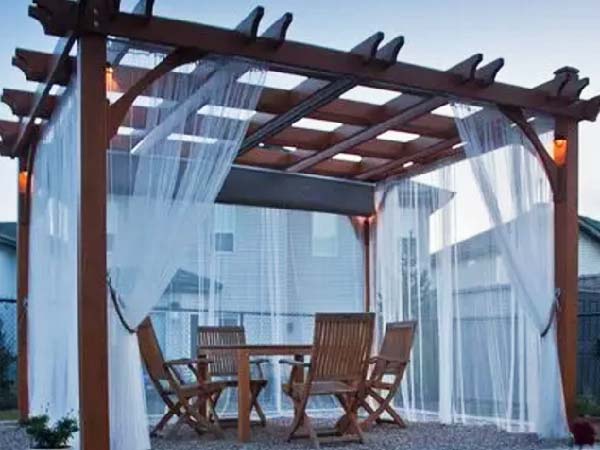
Beyond Shade: The Versatile Functions of a Pergola
Many people view Pergolas as traditional shade structures, thinking modern gazebos or canopies have outperformed them. However, Pergolas offer unmatched aesthetic and functional benefits.

- Support for Climbing Plants: Pergolas are perfect trellises for vines and flowering plants, bringing vibrancy and life to your garden.
- Natural Ventilation and Partial Privacy: A pergola’s open structure allows air to flow freely, creating a breezy, semi-private outdoor retreat.
- Decorative Enhancement: Whether installed in a courtyard, balcony, or garden corner, Pergolas seamlessly blend with any outdoor design, adding personality and charm. When paired with gazebos or umbrellas, they create a stunning and functional relaxation area.
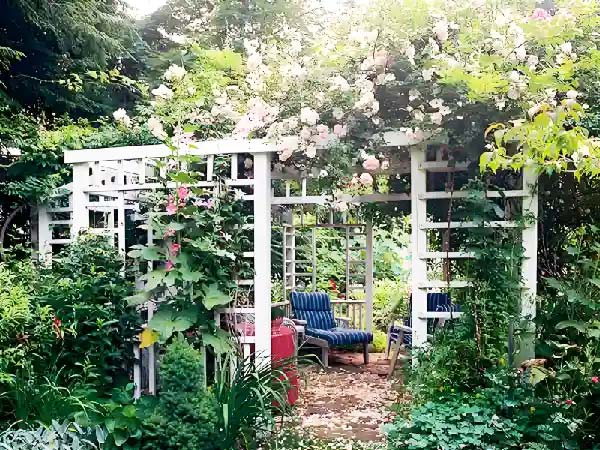
Conclusion
Pergolas not only provide moderate shading but also offer unique functionality and decorative appeal. Their open design allows you to enjoy natural airflow and sunlight while enhancing shade with covers, motorized louvers, or climbing plants. For those seeking an elegant yet practical addition to their outdoor spaces, Pergolas are an ideal choice.
As a professional manufacturer and wholesaler, LIDA OUTDOOR offers customizable, high-quality Pergolas for global clients. Partner with us to expand your market and elevate outdoor living!

